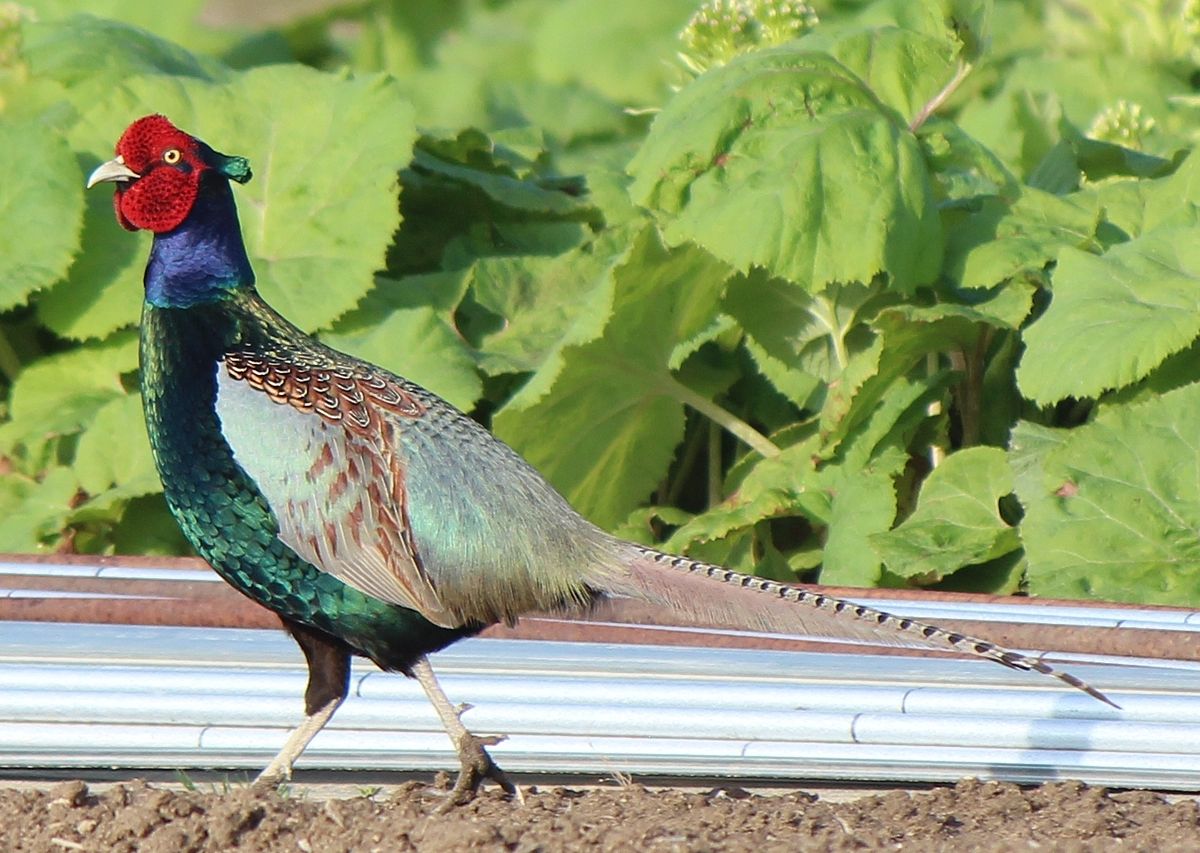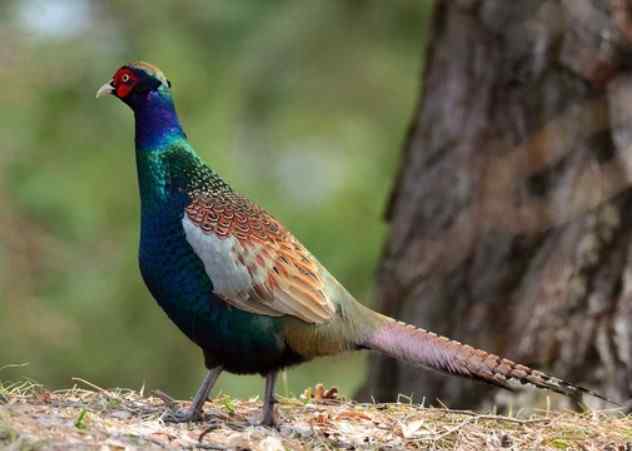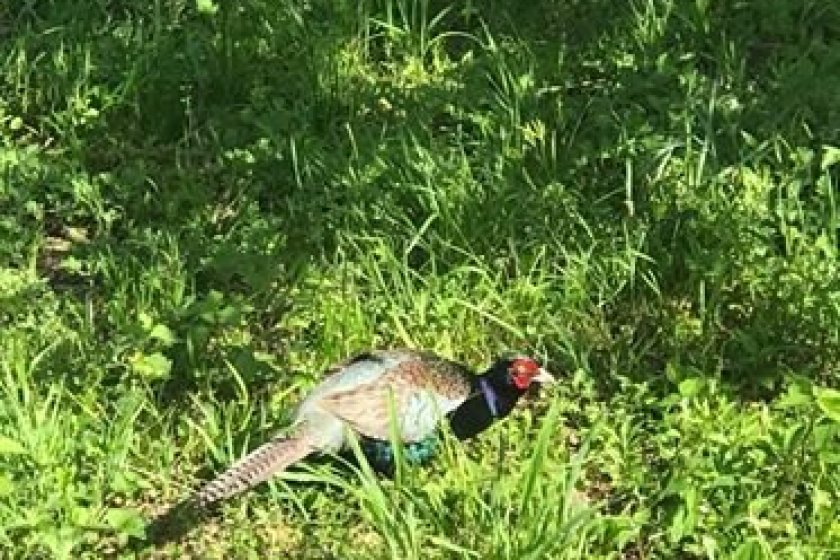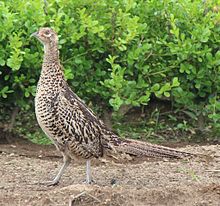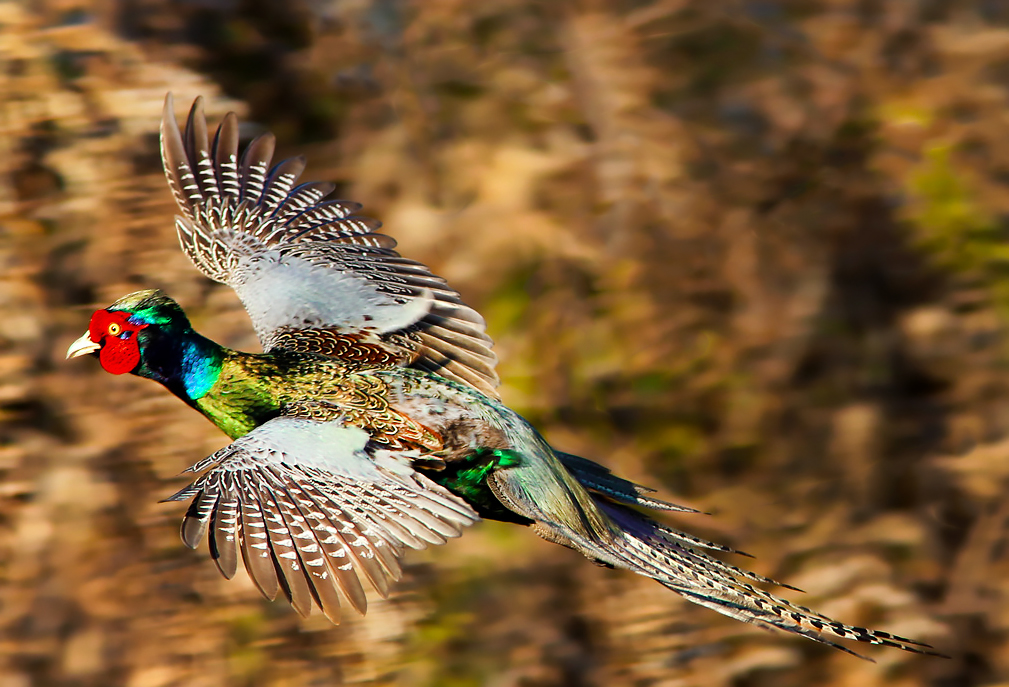National Bird Of Japan
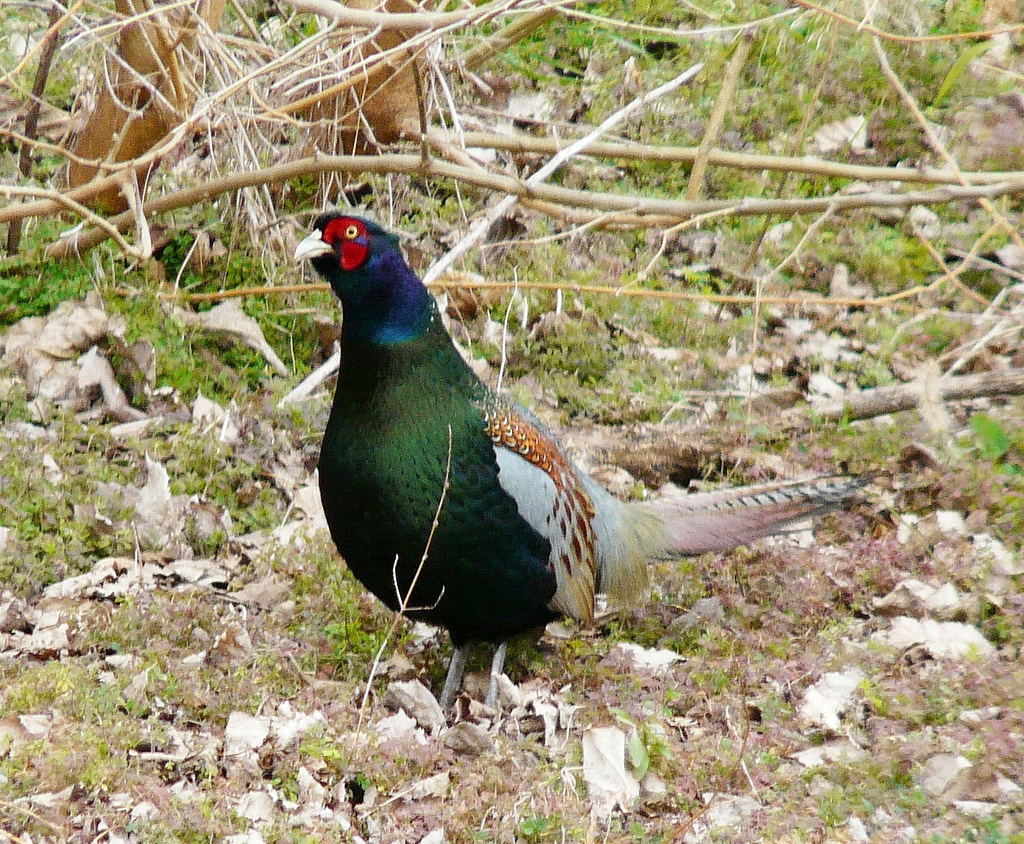
Proposed as national bird but recognized as aruba s national symbol in 2012.
National bird of japan. The green pheasant specifically is native to the people of japan and is the population of the bird is quite abundant in the country. The green pheasant phasianus versicolor is the official national bird of japan respectively. This is an endangered bird. The japanese macaque or snow monkey macaca fuscata is the official national animal of japan respectively.
Next to the copper pheasant have fed many legends mythology poetry and paintings of the art japanese and japanese green pheasant are very famous all over the world among birds. The national bird of china is red crowned crane. Have you ever wondered what japan s national bird is related posts. Officially recognized as the national bird in 2017.
The imperial seal of japan also known as the chrysanthemum seal is a crest used by the members of the japanese imperial family. The green pheasants can grow up to 36 inches in length and weight is somewhere between 2 3 kg. Koi flag of japan. Yes prikichi brown throated parakeet.
Some taxonomic authorities still consider it a subspecies. Usually a symbol is chosen to represent unification in each country. Jun 30 2017 4 54 pm ist birds loveanimals staff. I like this graceful bird an increase of adult cranes and crown are covered with a red leather.
It is the declared as a japan s national bird in 1947. Green pheasant red crowned crane coat of arms. Every country has national symbols. The green pheasant phasianus versicolor also known as japanese green pheasant is an omnivorous bird native to the japanese archipelago to which it is endemic.
National symbols represent the nation s people values goals and history. The green pheasant is unofficially the national bird of japan. It is the national bird of japan. The national bird of japan is green pheasant.
In 1947 the ornithological society of japan designated the green pheasant as the national bird for various reasons for instance it is endemic to japan it is mentioned in kojiki and nihonshoki the two oldest japanese history books and people have been long familiar with the bird from folk tales like peach boy.
